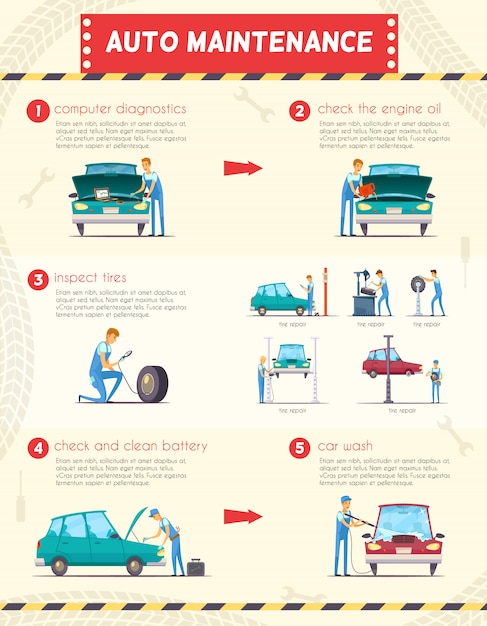When you're behind the wheel, those glowing caution lights on your dashboard can be a little bit perplexing. Do you recognize what they're trying to inform you about your cars and truck's wellness? Understanding the significance of these lights is crucial for your safety and security and the longevity of your automobile. So, the next time one of those lights turns up, wouldn't you wish to decode its message precisely and take the essential steps to resolve it?
Common Caution Lights and Interpretations
Identify common caution lights in your car and understand their definitions to guarantee secure driving.
The most common caution lights include the check engine light, which signifies problems with the engine or exhausts system. If this light comes on, it's crucial to have your car checked immediately.
The oil pressure cautioning light indicates low oil pressure, calling for immediate interest to stop engine damages.
A flashing battery light may suggest a damaged charging system, possibly leaving you stranded if not resolved.
The tire pressure tracking system (TPMS) light signals you to low tire pressure, impacting automobile stability and gas performance. Overlooking this might lead to risky driving problems.
https://www.carandbike.com/news/how-to-remove-fog-from-cars-windshield-tips-to-defog-car-during-rain-2690095 suggests a problem with the anti-lock stopping system, endangering your ability to quit quickly in emergencies.
Last but not least, the coolant temperature level cautioning light warns of engine overheating, which can cause extreme damage if not settled swiftly.
Understanding these typical caution lights will help you attend to issues quickly and keep secure driving conditions.
Importance of Prompt Attention
Recognizing the common caution lights in your cars and truck is only the very first step; the value of promptly addressing these cautions can't be highlighted sufficient to ensure your security when traveling.
When https://oil-change-services41628.blogproducer.com/37877446/dental-braces-on-your-own-for-an-extensive-exam-of-the-top-automobile-service-center-that-promise-to-enhance-your-car-maintenance-practices brightens on your dashboard, it's your auto's means of communicating a prospective problem that requires interest. Ignoring these cautions can cause much more serious problems later on, compromising your safety and security and possibly costing you more out of commission.
Prompt attention to alerting lights can avoid break downs and crashes. For example, a flashing check engine light might indicate a misfire that, if left unattended, could create damage to the catalytic converter. Addressing this without delay can conserve you from an expensive repair service.
Similarly, a brake system warning light may indicate reduced brake liquid or used brake pads, crucial parts for your safety and security when driving.
Do It Yourself Troubleshooting Tips
If you observe a caution light on your dashboard, there are a couple of do it yourself troubleshooting pointers you can attempt prior to seeking specialist help.
The initial step is to consult your automobile's guidebook to recognize what the details warning light shows. Occasionally the concern can be as basic as a loose gas cap setting off the check engine light. Tightening the gas cap might fix the trouble.
One more typical problem is a low battery, which can activate various cautioning lights. Checking the battery connections for rust and guaranteeing they're safe may fix the problem.
If a warning light lingers, you can try resetting it by detaching the vehicle's battery for a few mins and after that reconnecting it. In addition, examining your automobile's liquid degrees, such as oil, coolant, and brake fluid, can help troubleshoot alerting lights related to these systems.
Final thought
Finally, understanding your cars and truck's warning lights is important for maintaining your vehicle running smoothly and safely. By immediately addressing these signals and understanding what they indicate, you can avoid expensive repairs and possible break downs.
Bear in mind to consult your auto's guidebook for certain details on each cautioning light and act as necessary to make sure a trouble-free driving experience.
Remain educated, stay secure on the road!
